Tam Minh Nguyen
A Text-based Approach For Link Prediction on Wikipedia Articles
Sep 01, 2023



Abstract:This paper present our work in the DSAA 2023 Challenge about Link Prediction for Wikipedia Articles. We use traditional machine learning models with POS tags (part-of-speech tags) features extracted from text to train the classification model for predicting whether two nodes has the link. Then, we use these tags to test on various machine learning models. We obtained the results by F1 score at 0.99999 and got 7th place in the competition. Our source code is publicly available at this link: https://github.com/Tam1032/DSAA2023-Challenge-Link-prediction-DS-UIT_SAT
ReINTEL Challenge 2020: A Comparative Study of Hybrid Deep Neural Network for Reliable Intelligence Identification on Vietnamese SNSs
Sep 27, 2021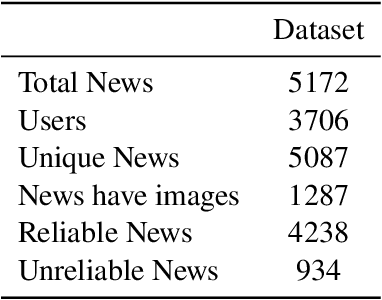
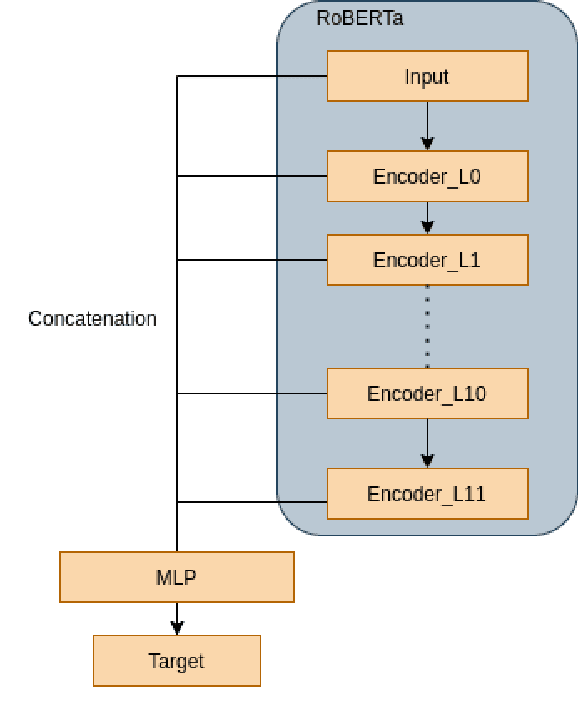
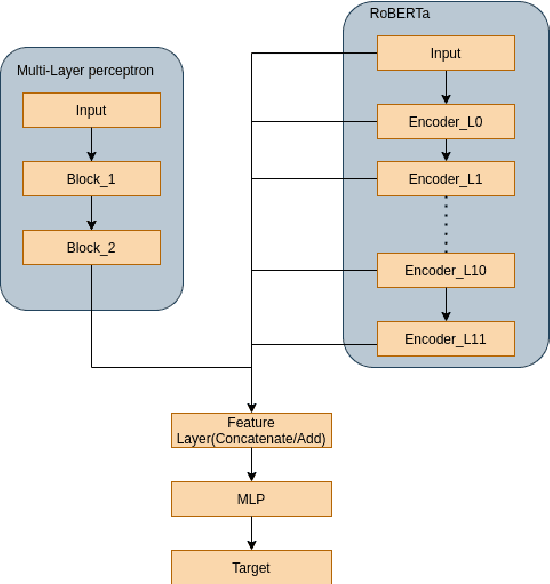
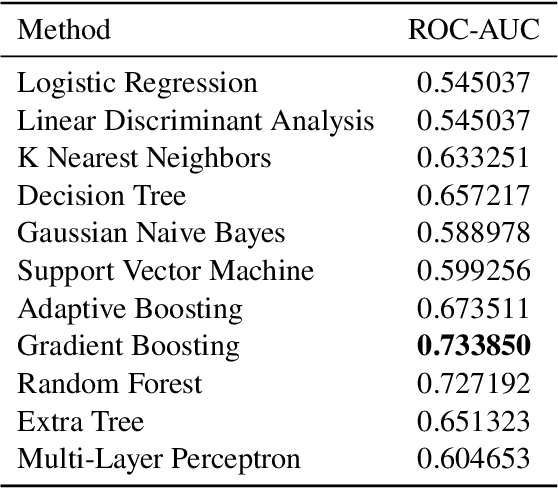
Abstract:The overwhelming abundance of data has created a misinformation crisis. Unverified sensationalism that is designed to grab the readers' short attention span, when crafted with malice, has caused irreparable damage to our society's structure. As a result, determining the reliability of an article has become a crucial task. After various ablation studies, we propose a multi-input model that can effectively leverage both tabular metadata and post content for the task. Applying state-of-the-art finetuning techniques for the pretrained component and training strategies for our complete model, we have achieved a 0.9462 ROC-score on the VLSP private test set.
Interpreting the Latent Space of Generative Adversarial Networks using Supervised Learning
Feb 24, 2021
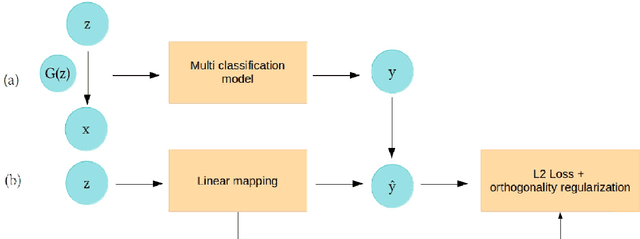


Abstract:With great progress in the development of Generative Adversarial Networks (GANs), in recent years, the quest for insights in understanding and manipulating the latent space of GAN has gained more and more attention due to its wide range of applications. While most of the researches on this task have focused on unsupervised learning method, which induces difficulties in training and limitation in results, our work approaches another direction, encoding human's prior knowledge to discover more about the hidden space of GAN. With this supervised manner, we produce promising results, demonstrated by accurate manipulation of generated images. Even though our model is more suitable for task-specific problems, we hope that its ease in implementation, preciseness, robustness, and the allowance of richer set of properties (compared to other approaches) for image manipulation can enhance the result of many current applications.
* Published in 2020 International Conference on Advanced Computing and Applications (ACOMP)
 Add to Chrome
Add to Chrome Add to Firefox
Add to Firefox Add to Edge
Add to Edge